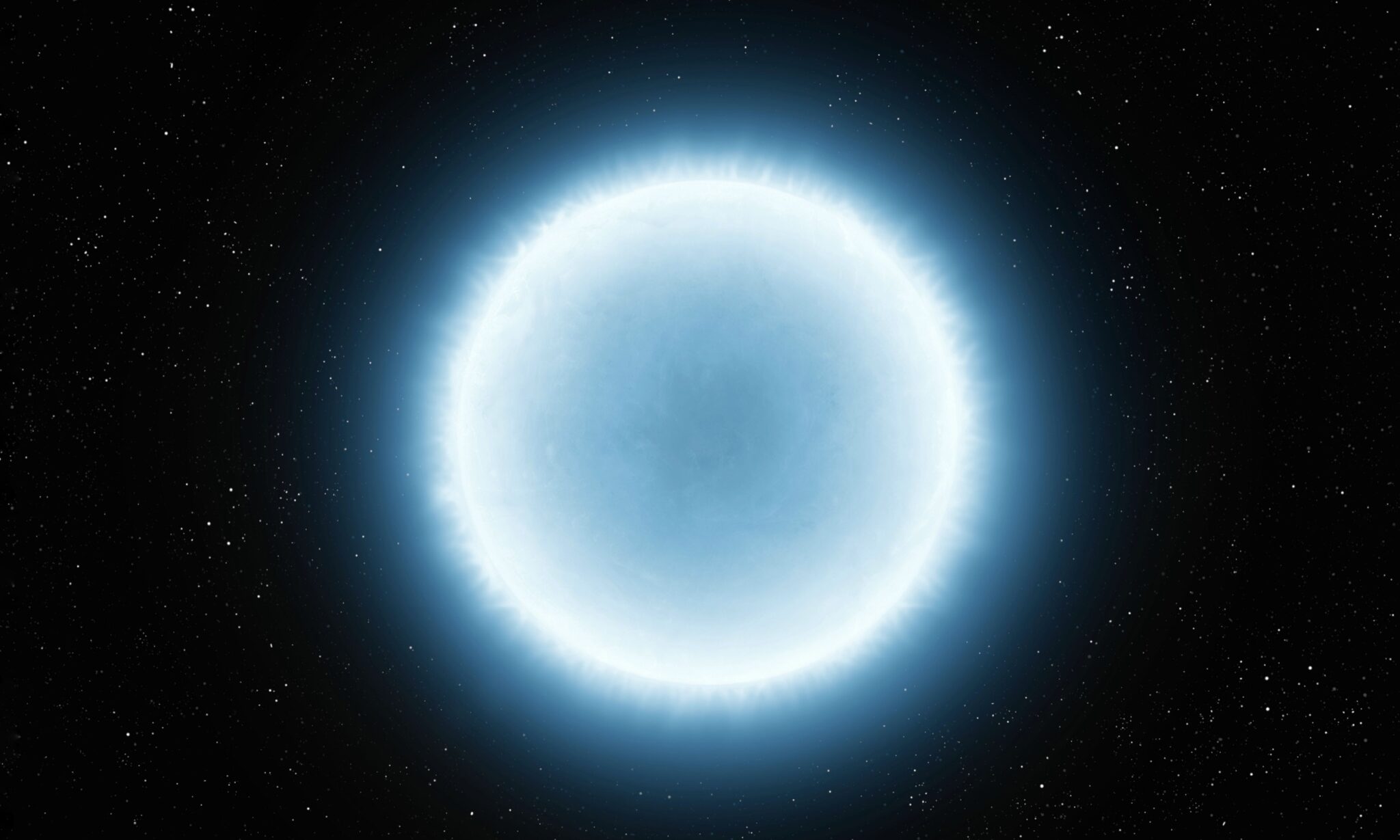Most white dwarfs in our Galaxy have stable luminosities. However, some of them are pulsating. Scientists recently discovered 32 such stars using the TESS space telescope.

Discovery of pulsating white dwarfs
Using NASA’s Transiting Exoplanet Survey Satellite (TESS), astronomers have discovered 32 new bright pulsating DA white dwarfs of the ZZ Ceti subclass. This is reported in a research paper published July 9 on the arXiv preprint server.
White dwarfs are the cores of stars that remain after they exhaust their nuclear fuel and pass through the red giant stage. Because of their high gravity, they have an atmosphere composed of either pure hydrogen or pure helium. However, a small fraction of these objects contain traces of heavier elements.
There is also a small population of pulsating white dwarfs. Their luminosity varies due to non-radial pulsations of gravitational waves inside these objects. One subtype of these stars is known as DAV, or ZZ Ceti stars, which are white dwarfs of spectral type DA that have only hydrogen absorption lines in their spectra.
Now a team of astronomers led by Alejandra D. Romero of the Federal University of Rio Grande do Sul in Porto Alegre, Brazil, reports the discovery of 32 new ZZ Ceti stars. The discovery was made by analyzing the light curves of supernovae and supernova candidates obtained with TESS.
Features of newly found pulsating white dwarfs
“In this work, we present the discovery of 32 new pulsating DA white dwarf stars, based on observations of the TESS mission from Sector 40 to Sector 69,” the researchers wrote in the paper.
The average stellar mass of the newly found white dwarfs is about 0.6 solar masses, which is in general agreement with the average stellar mass (0.64 solar masses) of the 351 known objects of this type. The new pulsating DA white dwarfs are found to have effective temperatures in the range of 8,477-13,910 K.
In addition, the astronomers found a rotational splitting component for nine objects reported in the study, with rotation periods ranging from four hours to one day. The average rotation period for these objects is approximately 13.6 hours. This is typical of white dwarfs, as they tend to be slow rotators with rotation periods of a few hours to a few days.
Dependence of rotation period on temperature
Analyzing a recently discovered sample of pulsating white dwarfs, the authors of the paper also found a moderate correlation for both photometric or spectroscopic and seismological effective temperatures with the period-weighted mean. However, they didn’t find a strong dependence on stellar mass.
Summarizing the results, the researchers noted that their discovery increased the number of pulsating white dwarfs identified by TESS to 103, emphasizing the importance of this telescope for such finds.
“In the first five years, TESS has already proven to be a powerful tool in discovering new pulsating white dwarfs,” the scientists conclude.
According to phys.org


